Dictatorships enforce control in every realm of life, including the arts.
Dictatorships enforce a program for the arts, as they do for all other domains of human life. The divergent regimes of Augusto Pinochet — who governed Chile between 1973-90 with a right wing military government that introduced neo-liberal reforms and used a repressive strategy to impose it — and Nicolae Ceaucescu in Romania (1965-1989), who controlled all realms of life through party and state institutions, used comparable strategies to control the arts.
Dissimilar strategies that sometimes used analogous mechanisms meant to alter the way citizens conceived their societies. An initial difference between the two cases is that the Ceaucescu regime found the political space already molded by the first communist leader Gheorghe Gheorghiu Dej (1948-65), whereas Pinochet had to completely annul the socialist reforms of the previous government of Salvador Allende (1970-73), in order to introduce the market oriented model of society his regime supported. The two opposed models are that of a state that controls society and dictates the program to be followed by artists and artistic institutions based on an ideological project in Romania, while the other case observed an art world dominated by the free market, in which the state plays a minor, if not an absent, role.
Eliminate and Erase
One of the first decisions a dictatorship takes, as the Pinochet regime showed, is to eliminate and erase all traces of the previous configuration, sanitizing the public space, and dismantling the preceding institutional model, especially the one consolidated by the Unidad Popular government. This primary assignment included both physical and psychological repression of artists, the elimination of cultural goods contrary to the new ideology, and the dismantlement of artistic institutions or their monopolization by the new regime through the nomination of representatives of the military.
The same sequence of actions was seen in Romania, at the end of the 1940s, with the difference that party activists and not military men assumed the control of art. Repression was an important tool in the initial process of purges of the public space and in Chile it took various forms, “the most terrible one” being “physical elimination.” Many actors, musicians such as Victor Jara, the icon of Nueva Canción, killing in the Estadio Nacional remains emblematic, painters such as Hugo Riveros Gómez, were killed or arrested. Other awful forms of terror used were persecution ending in disappearance, imprisonment and torture, and/or exile to a remote area or exile tout court.
In Romania, the establishment of the Soviet model also meant the unleashing of physical (arrests, killings, institutional purges) and psychological repression (terror, corruption, compromise) along with public “unveilings” of those who did not submit to the new official dogma through media-campaigns and which were followed by a process of auto-critique of the designated “victim.”
Smells Like Socialism
At the beginning of the Pinochet regime, a wild pursuit was launched against Marxist books, music, films, and posters, a definition that was very broad — “all that smelled like socialism” — and that led to the public autodafés transmitted live on television. This is one of the strongest images that led to the consideration of the Pinochet regime as an essentially anti-cultural, anti-artistic regime that was only meant to destroy. This image functioned as an example for the rest of the population leading people to burn their own books or, as Subercaseaux recalls, to burry their libraries in hope for better times.
In Romania, the establishment of the communist regime was accompanied by the interdiction of works that were contrary to the new ideology. Between 1944-48, lists of forbidden volumes were published. Marian Petcu estimates that in this period 8,779 works were banned, together with the interdiction of the “complete works” of authors that found themselves on the lists of forbidden writers such as the poet Vasile Alecsandri. Equally so, films, music, and theater works were submitted to the control of the new instances — this included both contemporary works and works that had passed previous censorship.
A third aspect that characterizes the repression phase is institutional repression: Military and party activists were nominated in charge of culture instead of artists that were evicted. In Chile, public institutions were purged of any left militant or (presumed) sympathizer after the military occupation of the most important artistic institutions such as the Quimantú editing house, Chile Films, and the Museums of Fine Arts and of Contemporary Art, as well as the National Television (Navarro-Ceardi). The military not only controled these institutions, but also bombed universities, such as the School of Theater of the University of Chile or the Technical University, radio stations and the National Museum of Fine Arts.
Once the communist regime was established in Romania it also entailed institutional purging and replacement of artists with party activists. Intellectuals were equally dismissed from their posts whether in the high-education system or the private sphere, such as directors of magazines that had been nationalized. Romanian authorities verified the “healthy social origin” so as to expel professors and students from universities and to deny their entry thereafter, as well as refuse them any other revenue. Furthermore, the Romanian regime used a double policy of reward/punish: It attracted intellectuals and rewarded them for their allegiance, but it also penalized (menaced or/and evicted) those that did not.
New Cultural Models
A modern dictatorship cannot only erase the past, but also censor it, that is, re-interpret and thus re-write history by choosing specific artists or intellectuals — at different times — that suit its political goals. For example, in Chile the films created before the military coup were forbidden for public projection, as were the films realized in exile. In Romania too, art exhibitions also sought to create a new perception on the “art of the past” and the only classical works selected were meant to emphasize the life of misery that preceded the communist regime.
There are no criteria so you have to decide how much you are prepared to risk. That’s why there is no censorship. If there was, you could study the guidelines before doing a production. But this arrangement allows them to say that we don’t have censorship. They decide if it is cultural or not.
— Hector Noguera
Once dictatorships were established, the past erased, and the new cultural model imposed, preventive censorship, so as to censor the future, was set in place and specific mechanisms were imagined to deploy it.
Above all, as Ioana Macrea Toma observed for the Romania case, the defining element of censorship was its arbitrary character, the “permanent redefinition of the censorship apparatus.” This randomness creates the sentiment of omnipresence and indisputably brings about the sentiment of terror, of overwhelming control.
Self-censorship was the result of the ubiquitous censorship and the uncertainty of the exact censors – in Chile, and in Romania after its official dismantlement in 1977. “The fear of sanction generates … the reflex of repression of the desire of free expression called auto-censorship,” and self-censorship was the manifestation of a high “psychological cost supposed by the free expression in the public space.” “Each one of us had a militian [policeman in the communist period] inside his brain,” said a Romanian writer in the 1980s, suggesting how censorship begins with the author who anticipates the official reaction since the inception of his creation.
There are different types of censorship according to the artistic medium and to the mechanisms the regimes use. In Romania, censorship — especially before 1977, which marks its official dismantlement — was highly specialized, with different censors for each domain, as “different types of specialized censors supervised publishing houses, film houses, audio recordings, theaters, philharmonics and operas … and in radio and television these were the most numerous.”
Cinematographic censorship was quite different from theater and literary censorship. The regimes can choose to openly forbid certain contents (preventive censorship), to alter the artistic message (mutilating it so as to allow its circulation) or to allow its transmission (semi-censorship) by rendering it inaccessible (or accessible to a limited public) whether by an exorbitant price (unaffordable), a limited time-span (unattainable). Furthermore, censorship can act a posteriori, when an artistic work has been already released, sliding between the pre-established requirements. In Romania a posteriori censorship was also applied to artists, and writers once they emigrated and whose works were thereafter erased from collective memory — their works simply disappeared.
We Don’t Have Censorship
In a first phase, that of establishment of the dictatorial regimes, repression meant primarily exclusion – negation of what was there before. Artists (together with the rest of intellectuals) were eliminated physically (killed, imprisoned, sent into exile) and institutionally (through persecution). This series of eliminations aimed at individuals was accompanied by the nuisance of censorship of their works, which differs accordingly, to each artistic expression. In Chile, while only literary and cinematographic censorship was codified, political control was doubled by a strong economic punishment through the imposition of high taxes — around 20% for books, theater shows and cinema.
The arbitrariness of the dictatorial regimes is perhaps best described by the words of the Chilean actor Hector Noguera: “There are no criteria so you have to decide how much you are prepared to risk. That’s why there is no censorship. If there was, you could study the guidelines before doing a production. But this arrangement allows them to say that we don’t have censorship. They decide if it is cultural or not.”
The regimes use isolated severe punishments (Pintilie’s play, the burning of the theater of La Feria, the exile of Aleph) as a warning to the rest of the artistic world – they do not have to do it repeatedly as the example prevents the others from acting. Increasingly, self-censorship eases the tasks of the censors as artists themselves become their own censors, anticipating what could be erased, forbidden or what could make the work of art “pass.”
The views expressed in this article are the author’s own and do not necessarily reflect Fair Observer’s editorial policy.
Support Fair Observer
We rely on your support for our independence, diversity and quality.
For more than 10 years, Fair Observer has been free, fair and independent. No billionaire owns us, no advertisers control us. We are a reader-supported nonprofit. Unlike many other publications, we keep our content free for readers regardless of where they live or whether they can afford to pay. We have no paywalls and no ads.
In the post-truth era of fake news, echo chambers and filter bubbles, we publish a plurality of perspectives from around the world. Anyone can publish with us, but everyone goes through a rigorous editorial process. So, you get fact-checked, well-reasoned content instead of noise.
We publish 2,500+ voices from 90+ countries. We also conduct education and training programs
on subjects ranging from digital media and journalism to writing and critical thinking. This
doesn’t come cheap. Servers, editors, trainers and web developers cost
money.
Please consider supporting us on a regular basis as a recurring donor or a
sustaining member.
Will you support FO’s journalism?
We rely on your support for our independence, diversity and quality.




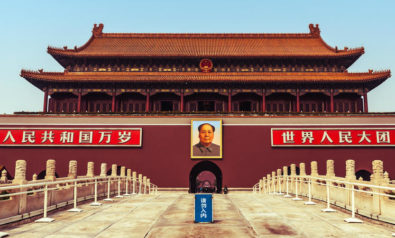
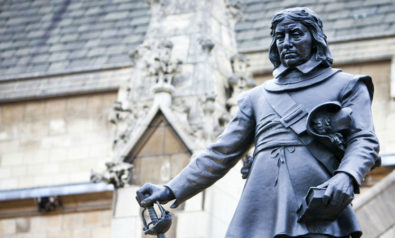
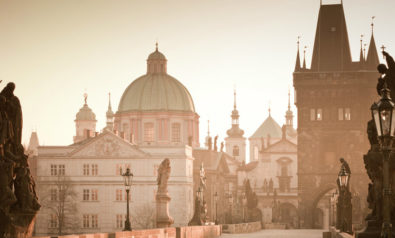

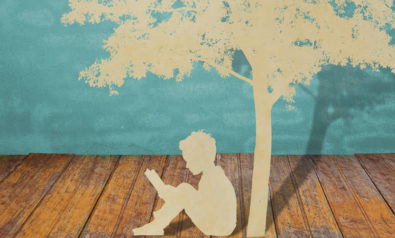
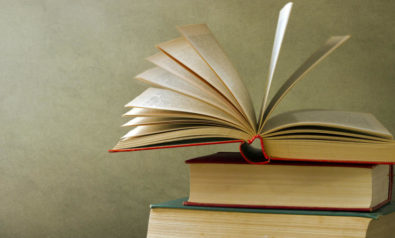
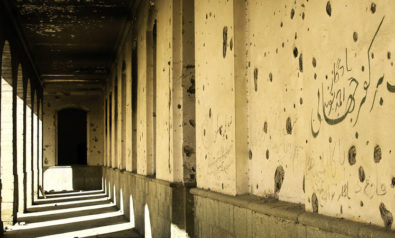

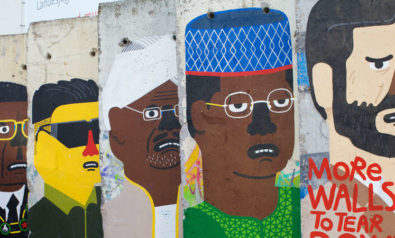
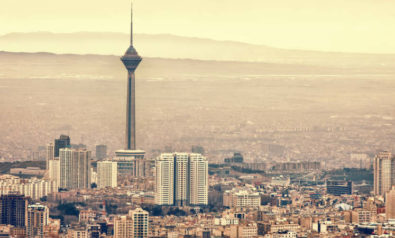
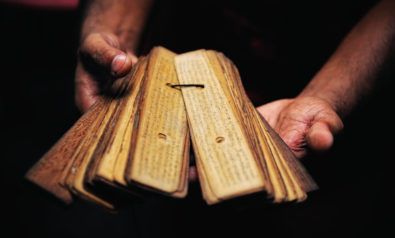

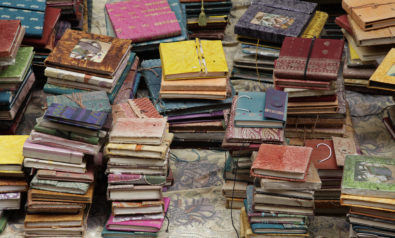
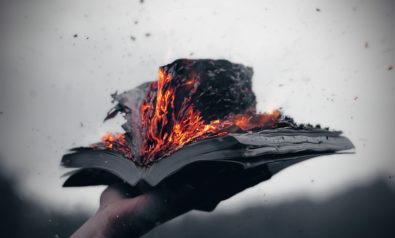

Comment